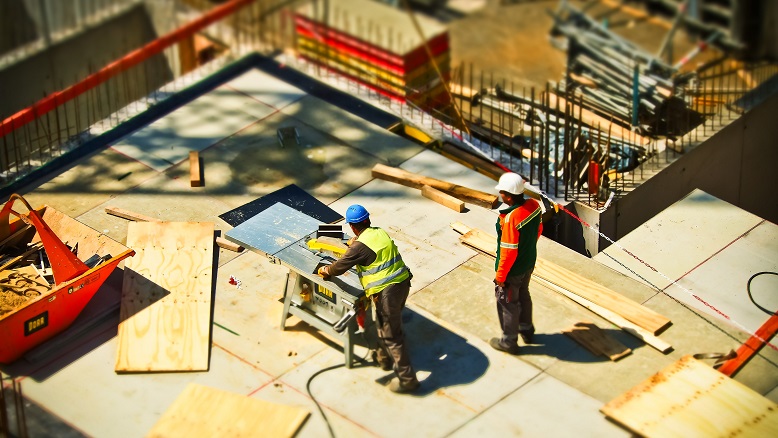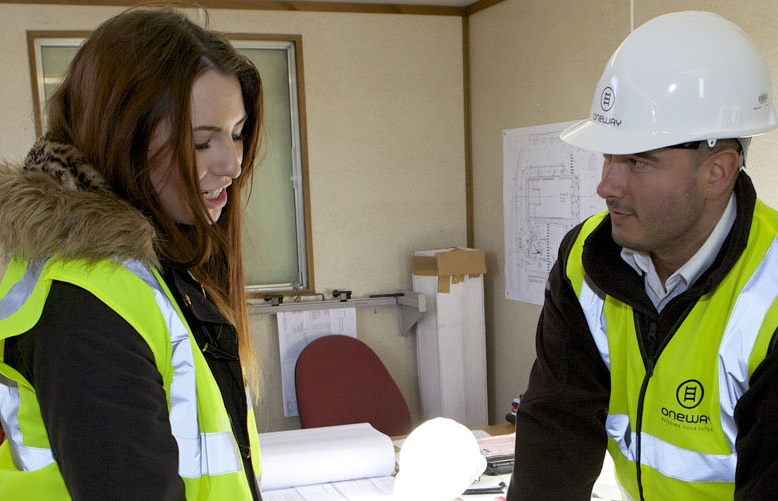EARTHQUAKES – A CONSTRUCTION PERSPECTIVE
On 6 February 2023, a Mw 7.8 earthquake struck Turkey and Syria. It was followed by a Mw 7.7 earthquake nine hours later, centred 95 km (59 mi) to the north–northeast from the first, in Kahramanmaraş Province. There was widespread damage and tens of thousands of fatalities.
It was the deadliest earthquake worldwide since the 2010 Haiti earthquake and fifth-deadliest earthquake of the 21st century. As of 21 February 2023, over 48,900 deaths have been confirmed; over 42,300 in Turkey, and over 6,600 in Syria… and building regulations aren’t being adhered to?? Buildingspecifier.com’s Joe Bradbury investigates:
Earthquakes cost lives. They also cost money. LOT’S of it. Collectively, the latest earthquakes across Turkey and Syria are estimated to have caused US$84.1 billion worth of damage, making them the fourth-costliest earthquakes on record. Coupled with that, it is also the deadliest natural disaster in Turkey’s modern history.
Whilst people are still being pulled from the rubble, the rest of the world watches, reeling – how did this happen and what could we have done to lessen the fatal outcome?
The sight of newly built apartments toppling during the carnage has stirred much heartbreak and outrage, especially within the global construction community. The fact that even some of the newest residential buildings in Turkey and Syria have crumbled to dust has raised serious concerns about current building safety regulations in those countries.
Afterall, buildings should be able to resist quakes of this magnitude thanks to modern construction techniques. And regulations enacted in the aftermath of prior tragedies in the country were supposed to ensure that these safeguards were in place.
Although the quakes were strong, experts within the field are now saying that well-built buildings should have been able to withstand them. So why did so many topple, taking thousands of people with them?
Speaking on the subject, Prof David Alexander, an expert in emergency planning and management at University College London recently told the BBC “In most places the level of shaking was less than the maximum, so we can conclude out of the thousands of buildings that collapsed, almost all of them don’t stand up to any reasonably expected earthquake construction code.”
Why aren’t building regulations being enforced?
Following earlier disasters, such as the 1999 earthquake that devastated the city of Izmit in Turkey’s northwestern region, construction restrictions have actually been strengthened. Yet, it is now coming to light that the legislation,(including the most recent requirements established in 2018) have thus far been poorly enforced.
In Turkey, for example, the government has offered periodic “building amnesties,” which are effectively legal exemptions from paying a charge for structures built without the necessary safety certificates. They have been in effect since the 1960s (with the latest in 2018).
Opponents have long cautioned that such amnesties increase the likelihood of disaster in the case of a severe earthquake. According to Pelin Pnar Giritliolu, Istanbul chairman of the Union of Chambers of Turkish Engineers and Architects’ Chamber of City Planners, up to 75,000 buildings in the devastated earthquake zone in southern Turkey have been granted construction amnesties.
We can do better
Thankfully, other countries take their responsibilities more seriously and stand as a shining example for the benefits of adhering to code. Japan is one such example; where millions of people live in densely populated high-rise buildings despite the country’s history of severe earthquakes. Japan alone demonstrates how construction codes can assist in keeping people safe during just such catastrophes.
Building safety criteria vary depending on a building’s usage and proximity to earthquake-prone areas: from simple reinforcing to motion dampers throughout the structure to installing the entire structure on top of a massive shock absorber to isolate it from ground movement.
The relationship between a building and an earthquake
We’ve built magnificent structures and cities throughout history, only for them to be destroyed by natural forces. Earthquakes are one of the most devastating forces on Earth; seismic waves travelling through the ground can demolish structures, kill people, and cost enormous sums of money in loss and repair.
According to the National Earthquake Information Centre, 20,000 earthquakes occur each year, with 16 of them being catastrophic disasters.
Engineers have introduced new designs and building materials over the last few decades to better equip structures to resist earthquakes.
Before delving into the characteristics of earthquake-proof buildings, it’s critical to understand how earthquakes affect man-made structures. When an earthquake happens, shockwaves are sent throughout the ground in brief, quick intervals that stretch in all directions. While structures are normally designed to withstand vertical forces caused by their weight and gravity, they are not designed to withstand side-to-side pressures caused by earthquakes.
This horizontal movement causes vibrations in the walls, floors, columns, beams, and connectors that keep them all together. The movement disparity between the bottom and top of structures causes enormous stress, causing the supporting frame to break and the entire structure to collapse.
How to construct earthquake-safe buildings
Engineers labour to reinforce the structure and counteract the forces of a probable earthquake when designing an earthquake-proof building. Because earthquakes generate energy that pulls buildings in one direction, the technique entails having the building push in the other direction. Here are several strategies for making structures more earthquake resistant.
- Lay moving foundations
The structure is built on flexible pads that insulate the foundation from the earth. When an earthquake strikes, just the foundation shifts, while the building retains its structural integrity.
- Use shock absorbers
Tuned dampers mounted to beams transform motion into heat and absorb stress by using pistons and oil. This is accomplished through the use of two methods – vibrational control devices and pendulum power.
- Strengthen the structure of the building
Buildings must disperse forces that go through them during a seismic event in order to withstand collapse. Shear walls, cross braces, diaphragms, and moment-resisting frames are essential for building reinforcement.
- Use earthquake-resistant materials
The different forms of structural steel allow it to bend without breaking. Wood is a lightweight and bendable material with a high weight-to-strength ratio. Contemporary materials have the ability to be more flexible and shape-retaining.
In summary
Earthquakes are a powerful, destructive, and unexpected force that may demolish buildings, destroy towns, and put construction companies’ labour to the test. Certain areas of the world are more vulnerable to earthquakes than others, and these cities, towns, communities, and urban centres must safeguard themselves and their citizens from these natural disasters.
Governments must follow and enforce building codes; failing to do so results in blood on their hands.
The most difficult aspect of preparing for earthquakes is that no one knows when one will occur or how large it will be. Current measurement and detection technology can assist us in being better prepared for them. Building-resistant material advancements have also improved the construction industry’s ability to build for earthquakes.
The construction industry is perfectly positioned to take use of current technology that has the potential to save both lives and cities.

















Leave a Reply
Want to join the discussion?Feel free to contribute!